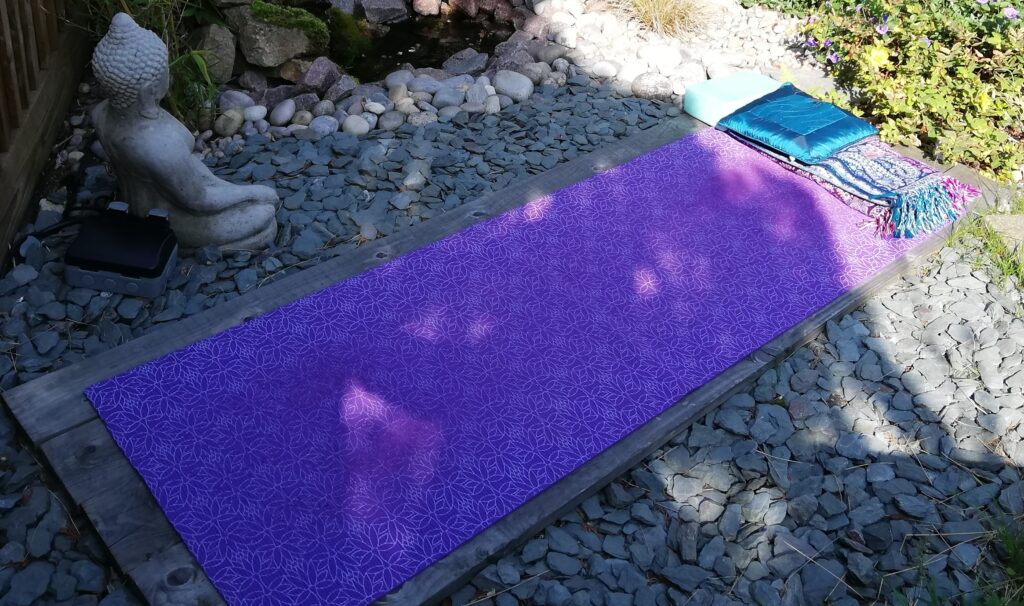
Some Interesting Facts About Chair Yoga
If you have ever wondered what chair yoga actually is …
It is a form of yoga aimed towards the less able.
It is traditional yoga, with the aid of a chair.
You do not have to get up from your chair at all throughout the session.
It can be gentle, or not so gentle, and is easily adapted according to ability.
It is suitable for any age or ability.
It is practiced in welcoming and non-judgemental environment.
The aim of yoga is to allow things to happen in their own time, without force, self-criticism or judgement.
It can be silent or loud.
It is an opportunity to practice with others of similar ability.
Many yoga practices do not have to be changed, as they are naturally carried out in stillness some of these practices are: Pranayama (breathing); Mindfulness; Meditation; Relaxation; Visualisation; Yoga Nidra (yogic sleep); Mantra (vocal or silent repetition of one or more words); Mudra (hand and body gestures); bandha (locks or seals); philosophy.
It can be a lot of fun!
If you are curious and would like to give it a try, I am holding an Introduction to Chair Yoga session at Wake House in Bourne on Thursday, 24th August. The session will take place in the Baxter Room (so no stairs to navigate). No need to bring anything with you, just wear loose clothing.
Space will be limited, so please let Sarah know if you are planning on attending: Telephone/Text/Whatsapp: 07817623330, email: [email protected], or facebook: Free To Think

